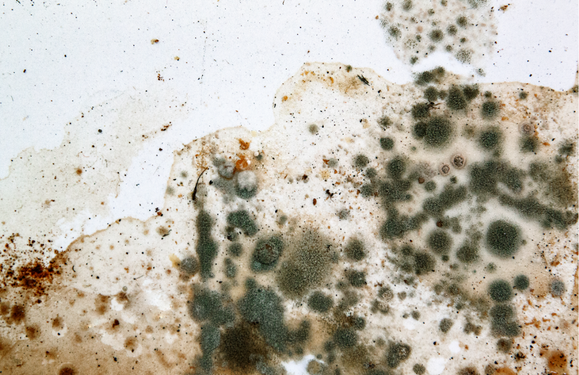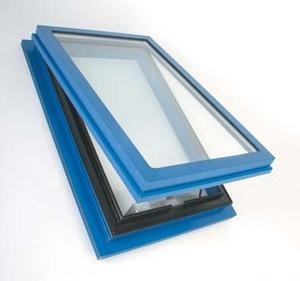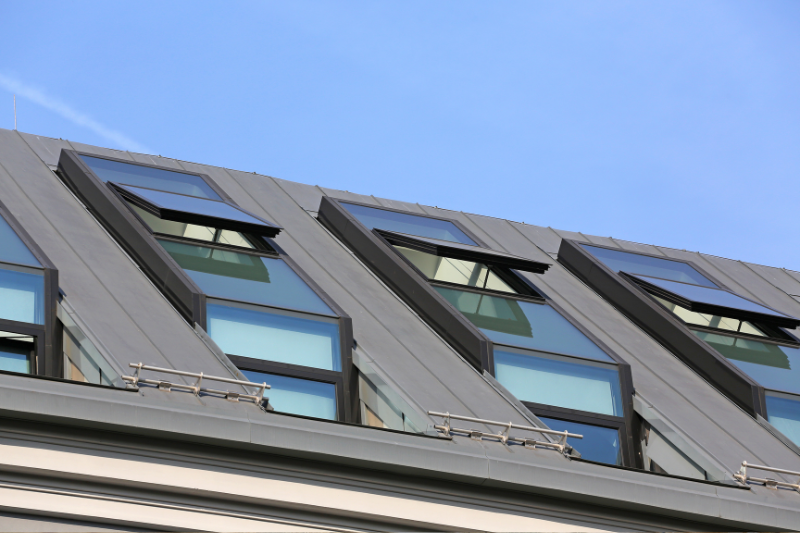The Importance of Ventilation
The importance of ventilation in commercial and domestic buildings cannot be underestimated. Many consequences can occur as a result of inadequate ventilation that can be avoided and difficult to treat if allowed to simmer. Mould build-up, stale air, and poisoning are all detrimental side-effects of subpar ventilation measures which can create an unsafe environment for your family or colleagues.
In this month’s blog, we will discuss the importance of ventilation, the consequences of avoiding the facts, and methods of ventilation that you can employ, including installing an AOV Rooflight, and natural and mechanical ventilation systems.
Ventilation
The importance of ventilation is unprecedented. Not only does the regular circulation of air help to prevent mould build-up, but it also hinders the accumulation of harmful gases in your building which can have a detrimental effect on the health of those in the building, or even risk their lives. Due to human activity and the applications and de-odourising products in your building, indoor air can very quickly become polluted and pose a health risk.
Some of these pollutants include moisture, odours, gases, and dust. By installing various ventilation methods throughout your building and in each room, you can dilute the air of these harmful components and restore the air to a healthier state.
What are the risks of improper ventilation?
Odours can be seen as mildly unpleasant, and although dust may be viewed similarly, it can have detrimental effects on the health of those in your building. When inhaled over long periods, dust can contribute to long-term health problems such as chronic bronchitis as well as heart and lung disorders such as hypersensitivity pneumonitis. Proper ventilation measures can help avoid this eventuality.
Furthermore, mould build-up can occur. The importance of ventilation regarding the avoidance of mould-build-up cannot be ignored. Mould can be incredibly harmful to not only your colleagues and family members but also the structural integrity of the surfaces it spreads to.
If there is inadequate ventilation in your building, especially in areas susceptible to moisture, mould build-up will occur eventually. It breeds optimally on cardboard, ceiling tiles, wood, paint, wallpaper, and even carpet, and can be very difficult to get rid of.

Mould is easily wiped away and painted over, but there may still be spores remaining that can instigate another infestation. Rather than simply covering up the problem, installing new ventilation methods to treat it is a far more effective use of your time.
Mould can cause allergic reactions that show symptoms like sneezing, a runny nose, red eyes, and rashes. In more severe cases, mould can cause asthma attacks, which can be more severe for some who are predisposed to the condition. It usually only takes two to nine hours for those exposed to mould to become sick.
Moreover, the importance of ventilation is most integral in environments that may allow an accumulation of carbon monoxide. Carbon monoxide is a colourless, odourless gas that can be fatal with repeat or continuous exposure. It comes from water heaters, furnaces, boilers, gas stoves, and ovens.
The combustion fumes which develop from these appliances replace the oxygen in your blood and prevent your tissues and organs from absorbing an adequate volume of the oxygen they need to survive.
These consequences should hopefully stir a conversation surrounding the importance of ventilation and encourage action to be taken. But what can you do?
What are the different categories of ventilation?
There are several categories of ventilation you could choose to employ in your building, and each will suit the layout of your property differently. The solutions under these methods could be as simple as opening a window or requiring elaborate air conditioning systems. These variables will depend on the size of your building and the rooms inside.
- Mechanical Ventilation
Mechanical ventilation includes circulation systems, such as ceiling fans, pressure, vacuum, or local exhaust systems. They’re highly effective at circulating the air in a room, but circulating existing air is all they do. The problem with these methods is that they simply move the air around, they fail to introduce fresh air into the room that could help dilute the existing pollutants. Nevertheless, they’re still great ventilation systems.
- Natural Ventilation
These methods include opening windows and doors or using chimneys and trickle vents. Comparatively, natural ventilation methods are exceedingly cost-effective over mechanical ventilation methods, but the use of them does greatly depend on the external weather conditions, so as not to inadvertently introduce more moisture into the room.
- Spot Ventilation
Spot ventilation, rather than covering your entire building with one elaborate system, focus merely on a specific area to quickly remove the pollutants from it using exhaust fans.
- Mixed-Mode Ventilation
Finally, mixed-mode ventilation refers to the combination of natural and artificial ventilation processes to create a hybrid approach that optimises the ventilation in your building while remaining energy-efficient and cost-effective. These tend to include sensors that detect when a natural method of ventilation, such as an open door or window, has been introduced and promptly shuts the mechanical component off.
Now that we have discussed the importance of ventilation and its various categories, we will cover the various methods you can employ to increase the rate of ventilation in your building.
How to increase ventilation
You can use a selection of natural and mechanical ventilation methods at once to optimally circulate the air in your building, you don’t have to be confined to just one. It is important to note that areas susceptible to moisture build-up should be given more attention than those which already seem quite well-ventilated, and if you don’t notice an improvement over several days, test several methods.
- Install an AOV Rooflight
An AOV rooflight, otherwise known as an opening rooflight, is a cost-effective and long-lasting ventilation measure that helps to circulate the air in any given room. They’re suitable for all types of buildings and act as great thermal insulators in the winter. Here at Lonsdale Metal, we supply AOV rooflights to customers in all sectors, including domestic, commercial, and industrial, to encourage ventilation in their buildings.
Our AOV Rooflights undergo 12 steps of testing before they reach you, to ensure weather tightness and durability. With the correct course of maintenance, your rooflight could withstand over two years in operation. If you’re interested in an AOV Rooflight, please don’t hesitate to contact us now, and we’ll point you in the right direction.

- Place fans strategically
If you have a large overhead fan, the best place for it is in the middle of the room, to ensure no one corner receives more than another. But if you have a desk or floor-standing fan, strategically placing it by the window is the way to guarantee increased airflow. The fan will draw fresh air directly from outside and help pull stale air out.
- Use an air filter
HVAC systems will allow the fan to run continuously without using heating or air conditioning, while still filtering the air and making it safer to breathe. The system filter traps virus particles and prevents the spread of harmful bacteria throughout your building.
- Install an extractor fan
In areas particularly susceptible to mould, we recommend installing an extractor fan. Extractor fans quickly remove contaminated air from the room and help to draw out any humid air which could be encouraging the mould to breed.
We hope you are more aware of the importance of ventilation after reading this article, and that you take the necessary steps to avoid the build-up of stale air, mould, and harmful gases in your building.


